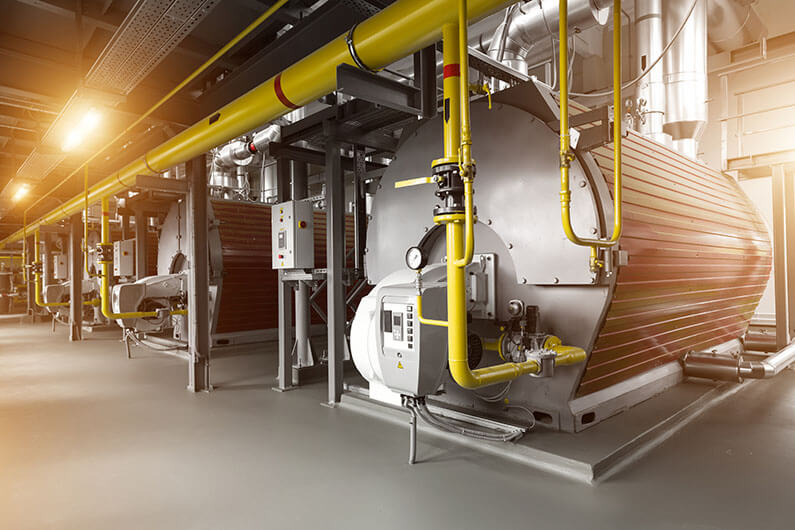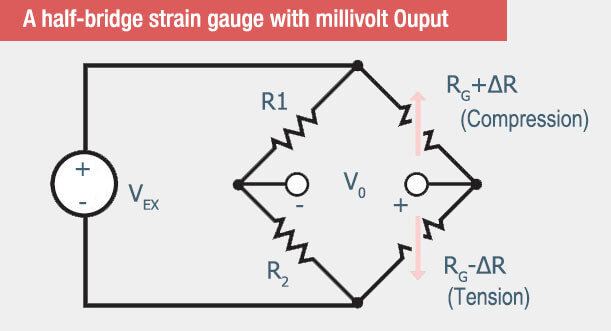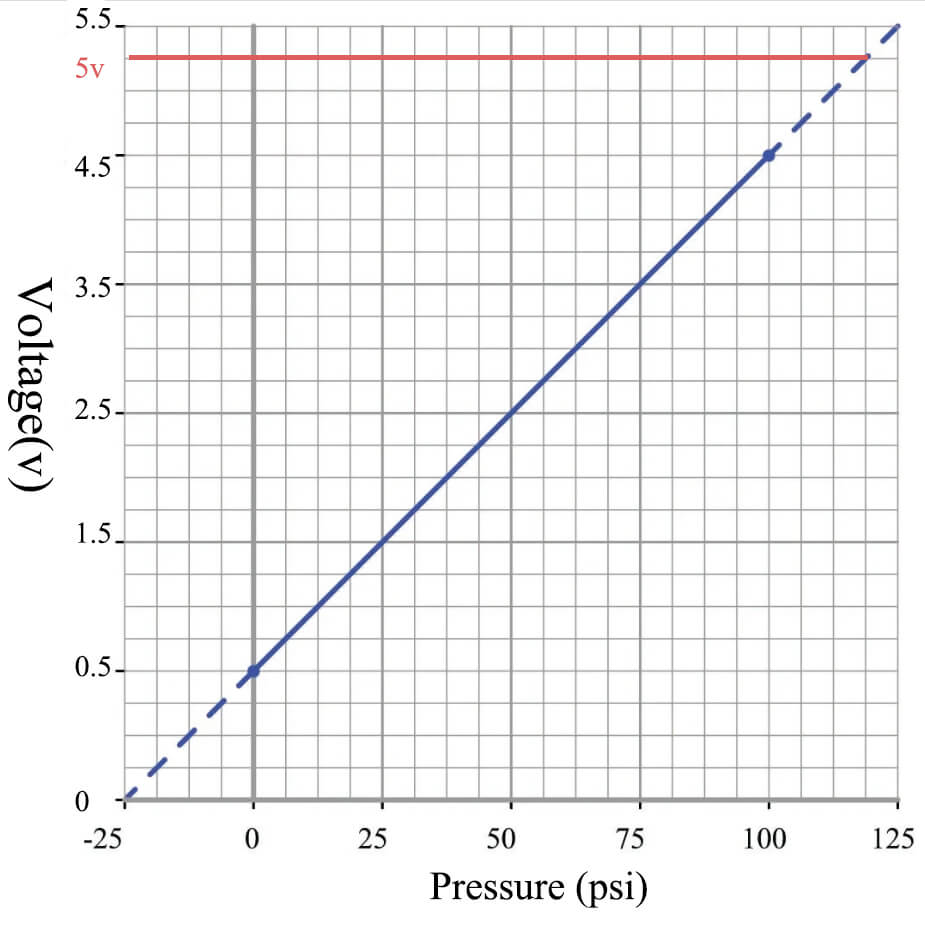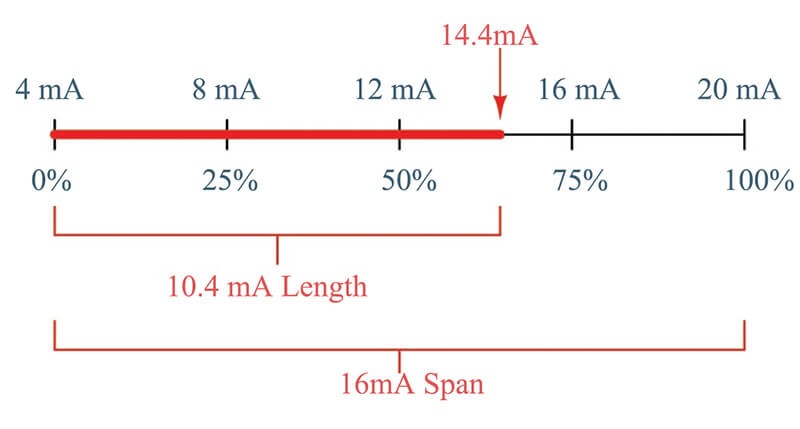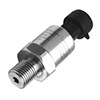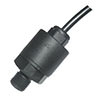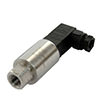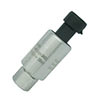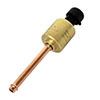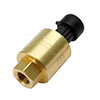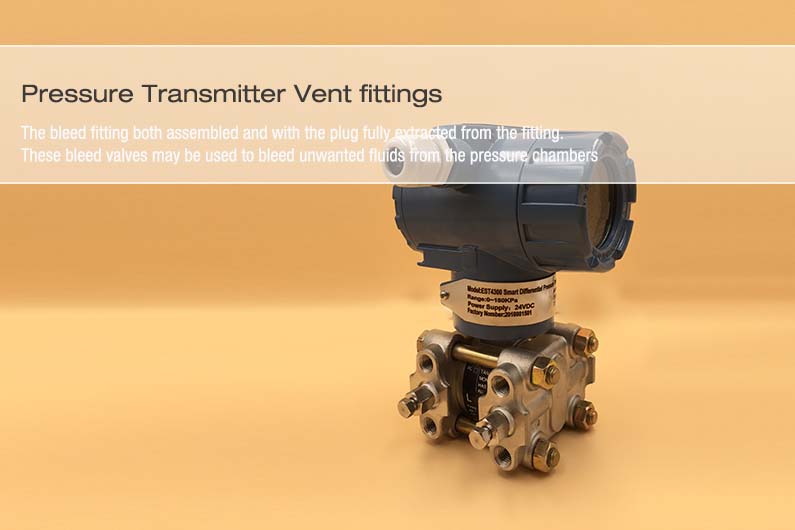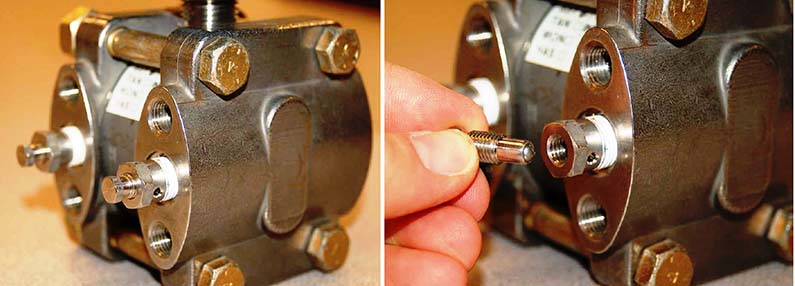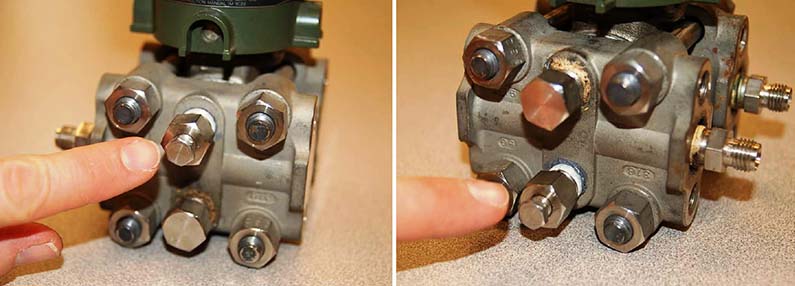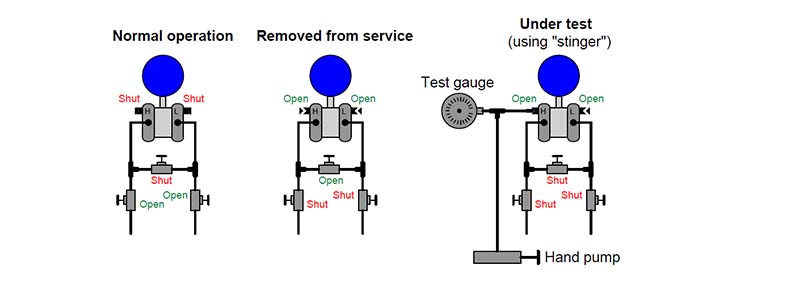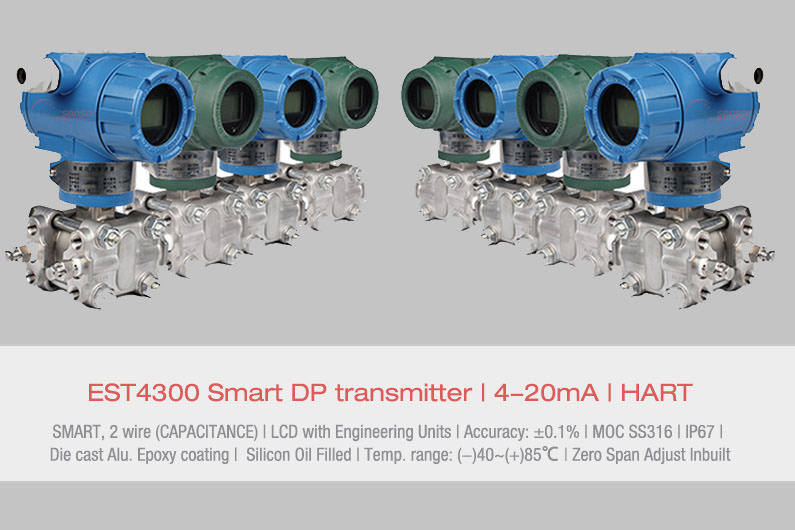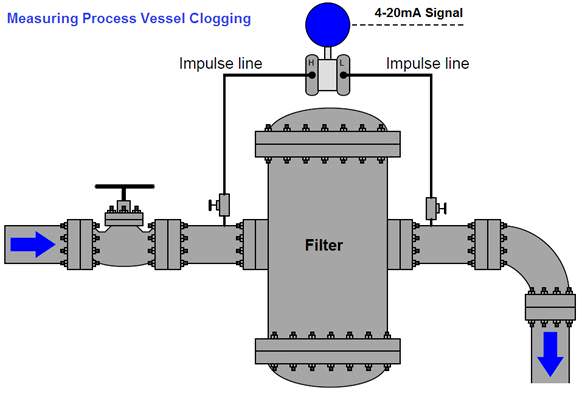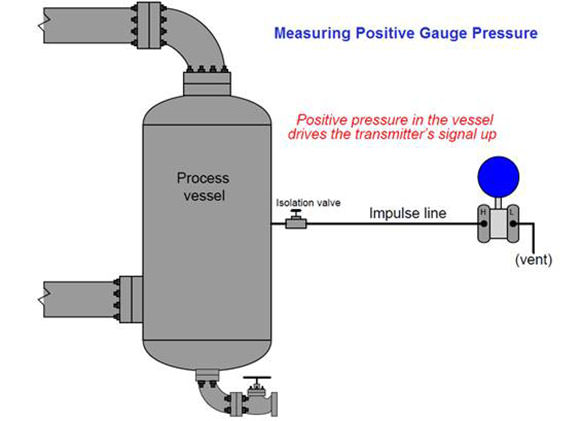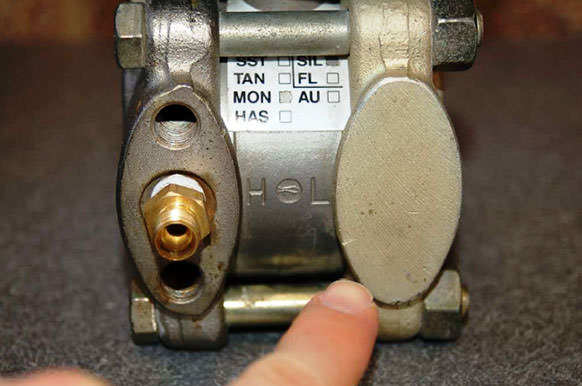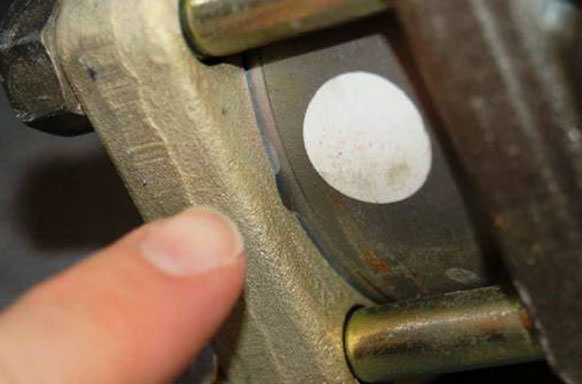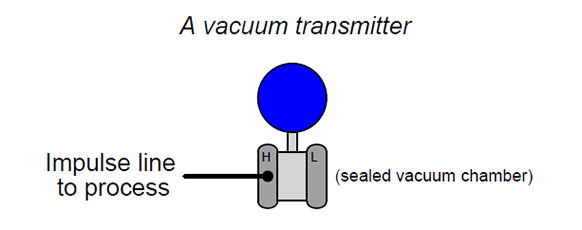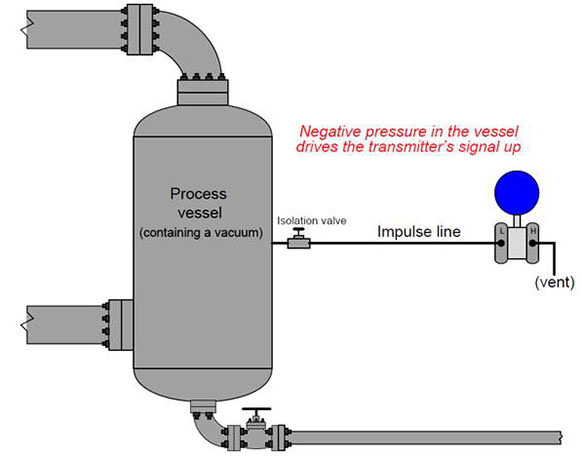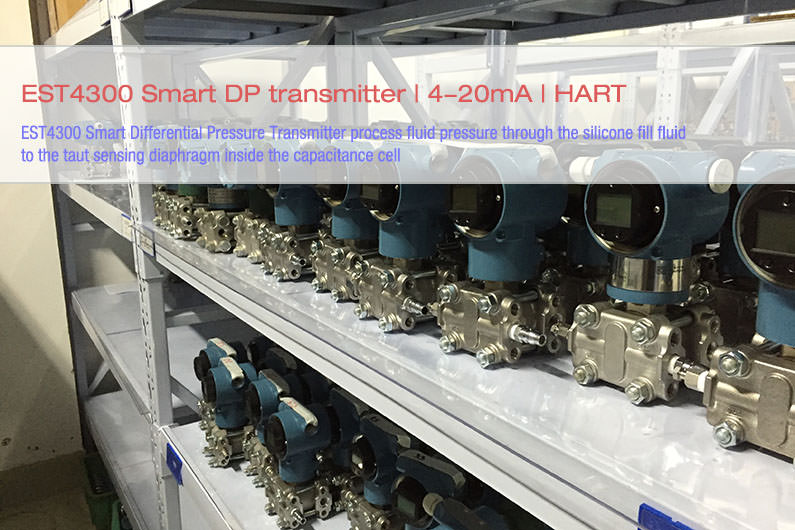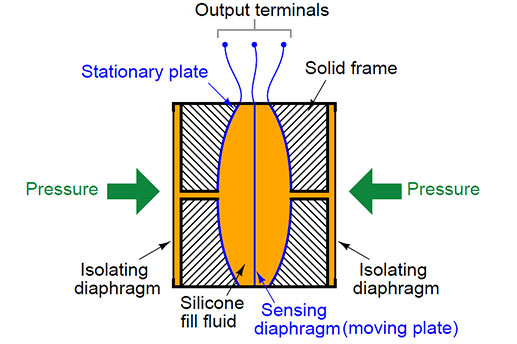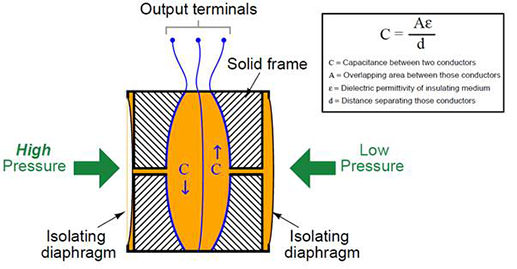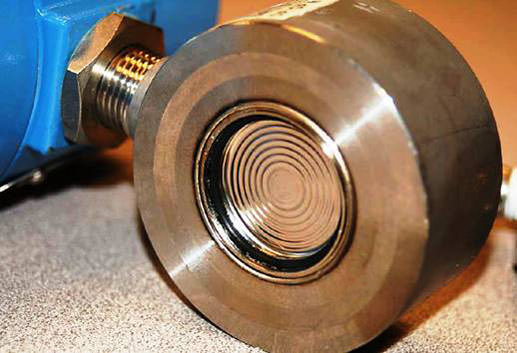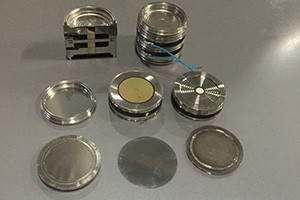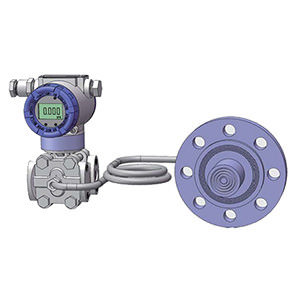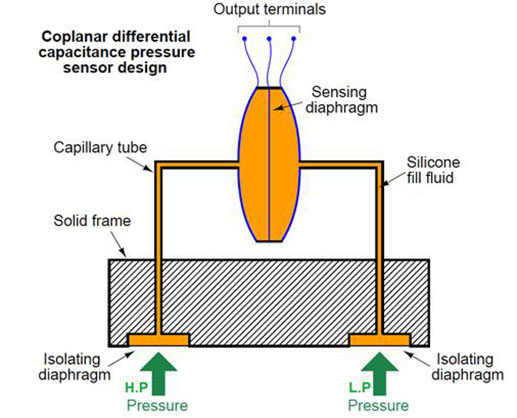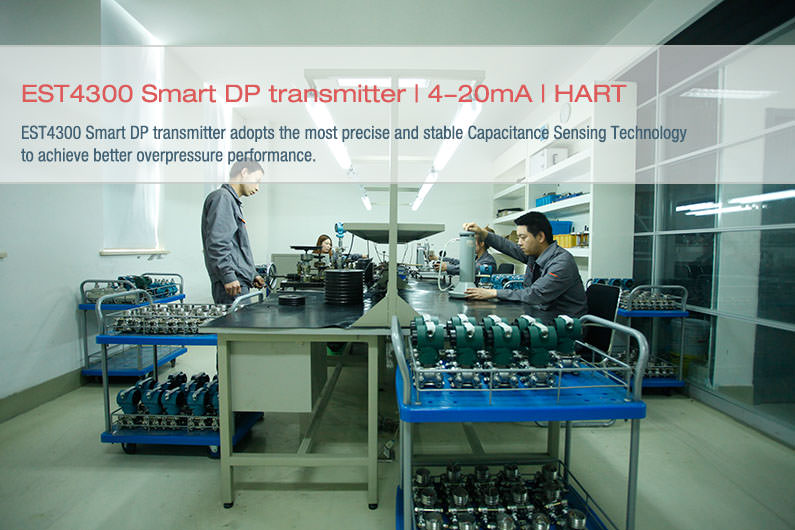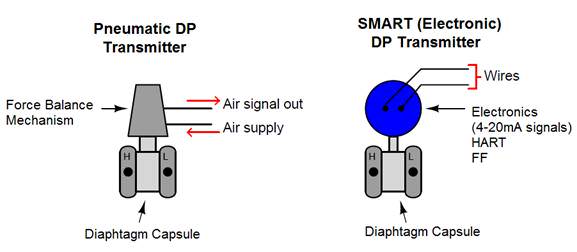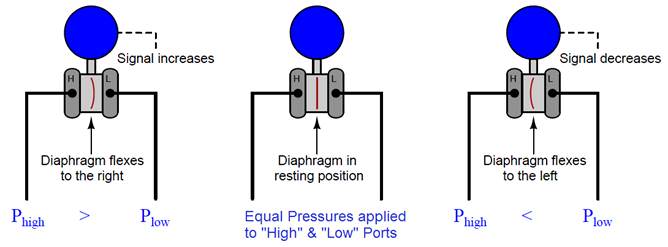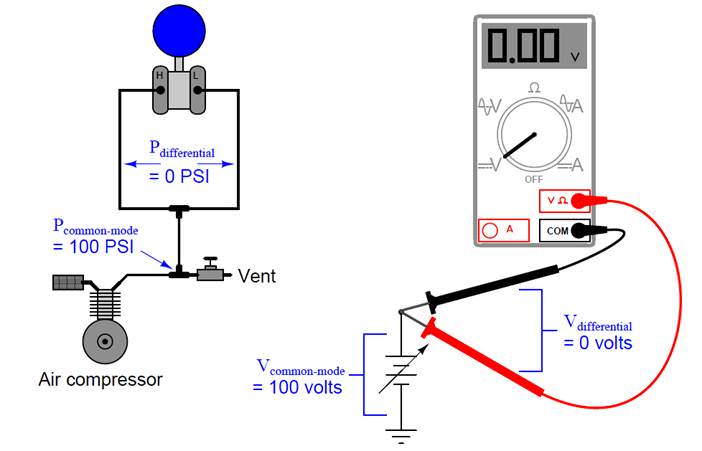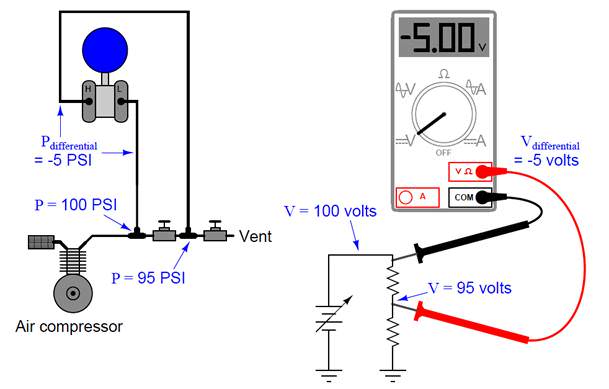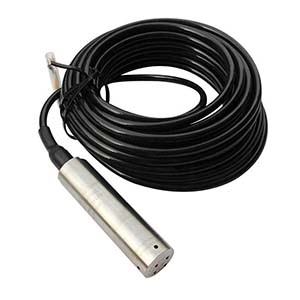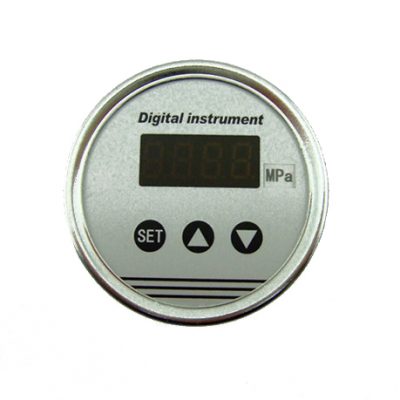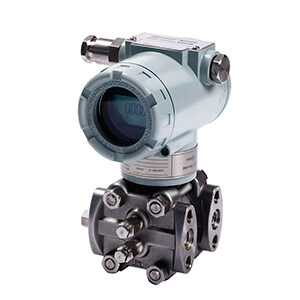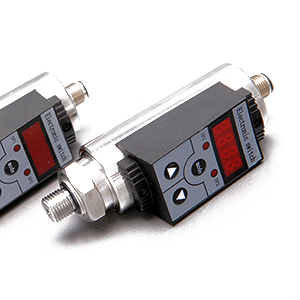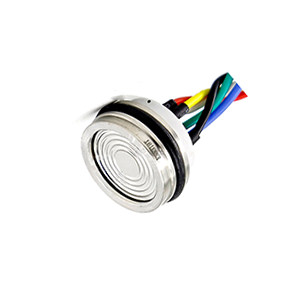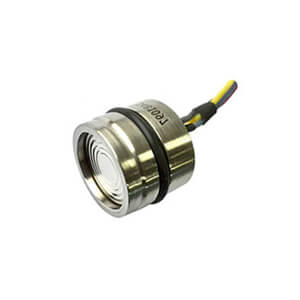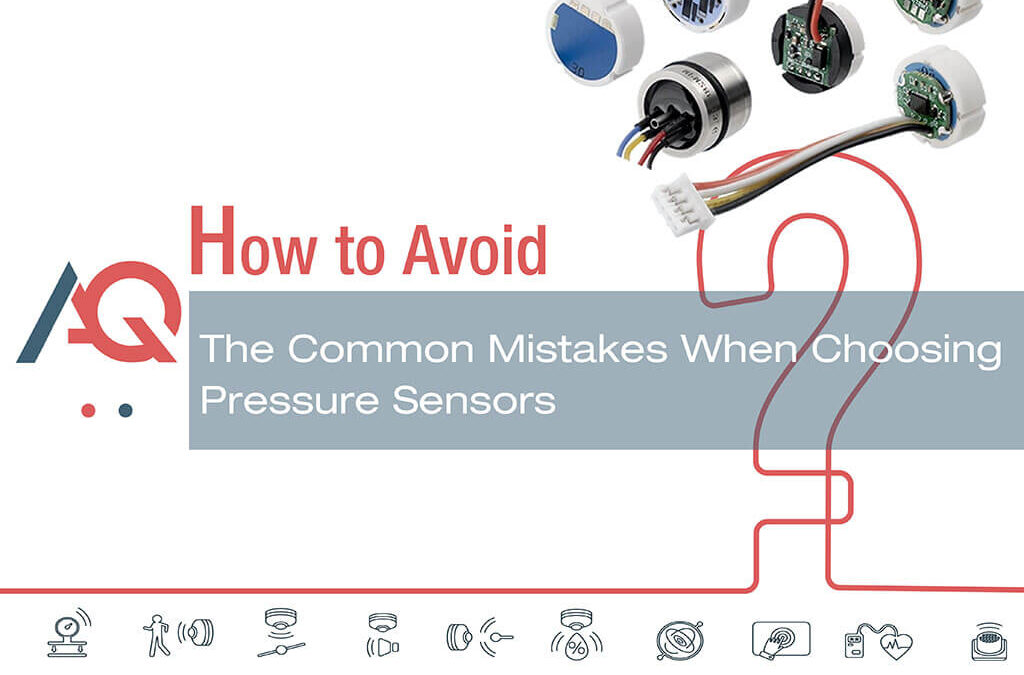
The Common Mistakes When Choosing Pressure Sensors
As an engineer who’s spent 15 years troubleshooting pressure sensors in industries from offshore oil rigs to pharmaceutical cleanrooms, I’ve seen how a single oversight can lead to the most common mistakes when choosing pressure Sensors, then it cause catastrophic failures, unplanned downtime, or even safety incidents.
Let’s break down the TOP-5 Mistakes When Choosing Pressure Sensors and also how to sidestep them like a pro.
Ignoring Environmental Conditions
The Mistake: Assuming a sensor rated for “industrial use” can handle everything.
The operating environment can have a significant impact on the performance and longevity of a pressure sensor.
Failing to select a sensor that can withstand the specific environmental conditions can lead to premature failure, measurement inaccuracies, and even safety concerns.
Why It’s Deadly:
- A sensor in a Norwegian offshore wind farm froze solid at -30°C because it was only rated for -10°
- Dust in a Texas cement plant clogged unsealed sensors, causing erroneous readings in pneumatic systems.
Take India Market for Example
Firstly, India’s climate varies from Thar Desert heat (50°C+) to Kerala’s monsoons (90% humidity). Pressure Sensors in Punjab’s agriculture or Gujarat’s chemical plants face dust, humidity, and thermal cycling indeed;
Secondly, Mumbai’s air carries 5–10 mg/m²/day of NaCl. If use
- 304 SS: Fails in 6–12 months.
- 316L SS: Lasts 2–3 years.
- Titanium (Grade 5): 10+ years.
- Chemical Exposure: Gujarat’s chemical zones (e.g., Dahej) need PTFE seals for acids like H2SO4.
The Fix:
Thoroughly understand your application’s specific pressure requirements, environmental conditions, and integration needs.
- Temperature: Choose pressure sensors rated for at least 20% beyond your min/max operating temps. For cryogenic apps, look for -196°C compatibility, for very hot temperature apps, look for +135℃, or even +200℃ solution, like EST330S or EST380 series thin-film sensing
- Dust/Moisture: IP67 (dust-tight) or IP69K (steam-resistant) enclosures. If you are not familiar with ingress protection class, please refer to our post here: The Ultimate Knowledge about Ingress Protection (IP Rating)
- Vibration: Use piezoresistive sensors (e.g., ESS319, or EST330S) with >100 g shock resistance for heavy machinery.
- Material: Try to use aluminum oxide (Al₂O₃) ceramic diaphragms (ESS501, ESS502 are kind of this type for reference) for thermal stability; Try to use Conformal Coating of Silicone gel coatings (₹500/sensor) protect PCBs from humidity; Don’t use 304 stainless steels in coastal areas; Try to use SS316 or Titanium Alloy in case of salt spray corrosion areas.
Mismatched Pressure Ranges
The Mistake: Selecting a 0–100 psi pressure sensor for a system that normally runs at 60 psi or 450psi.
One of the most frequent errors I’ve observed is when users fail to accurately determine the appropriate pressure range for their application. Selecting a sensor with an inadequate pressure range can lead to inaccurate readings, early failure, or even catastrophic system damage.
Why It’s Deadly:
Case 1: Selecting a pressure sensor with a larger range than the actual pressure
Reduced Measurement Accuracy and Resolution:
A pressure sensor with a 0-300 psi range may have a typical accuracy of ±0.5% of the full scale, which translates to an accuracy of ±1.5 psi. However, if the actual pressure range is only 0-100 psi, the same ±1.5 psi accuracy becomes ±1.5% of the full scale, significantly degrading the measurement precision.
Increased Sensitivity to Noise and Interference:
The sensor’s signal-to-noise ratio (SNR) is typically inversely proportional to the pressure range. A sensor with a 0-300 psi range may have an SNR of 60 dB, whereas the same sensor with a 0-100 psi range may have an SNR of 72 dB, providing better immunity to noise and interference.
Case 2: Selecting a pressure sensor with a smaller range than the actual pressure
Sensor Saturation and Measurement Errors:
A pressure sensor with a 0-100 psi range may have a maximum overload pressure of 150 psi. Exposing the sensor to pressures beyond 150 psi can cause the sensing element to become permanently damaged, resulting in complete loss of functionality.
Potential Catastrophic Failures:
Pressure sensors often have a burst pressure specification, which is the maximum pressure the sensor can withstand without rupturing or causing permanent damage.
Exceeding the burst pressure can result in the sensor’s complete destruction, with the potential for cascading failures in the overall system.
The Fix
To avoid these issues, it is crucial to carefully select a pressure sensor with a range that closely matches the expected pressure range in your application. This ensures accurate and reliable measurements, protects the sensor from damage, and maintains the overall system’s safety and integrity.
Rule of Thumb: Max operating pressure ≤ 70% of sensor’s full scale.
Safety Margin: For dynamic systems (e.g., hydraulic presses), use sensors with 3x burst pressure ratings.
Overlooking Output Signals
The choice of pressure sensor output type is a critical factor that can significantly impact the overall performance, integration, and reliability of a pressure monitoring system.
Neglecting the pressure sensor’s output signal characteristics can have significant consequences, ranging from measurement inaccuracies and integration challenges to potential damage to the sensor or the receiving electronics.
Let’s dive into the details:
Millivolt (mV) Output:
Pressure sensors with millivolt outputs typically require additional signal conditioning and amplification circuitry to interface with data acquisition systems or control panels.
Overlooking the need for proper signal conditioning can lead to issues such as low signal-to-noise ratio, susceptibility to electromagnetic interference (EMI), and potential measurement inaccuracies.
Avoid in
Mv output is NOT recommend to be used in industrial factories with heavy machinery (e.g., motors, welding stations).
Why?
That is because mV signals (e.g., 10–100mV) are easily drowned out by electromagnetic interference (EMI) from nearby equipment.
Example:
A hydraulic press monitoring system using mV-output sensors in a factory floor reported erratic pressure spikes due to EMI from adjacent motors. Replacing them with 4–20mA sensors resolved the noise issues.
4-20 mA Current Loop Output:
Current loop outputs, like 4-20mA, are widely used in industrial applications due to their immunity to noise and voltage drops over long cable runs.
Ignoring the need for a compatible current loop interface in the receiving device can prevent successful integration and data acquisition.
Avoid in:
4-20mA output is NOT recommend to be used in case of short-distance, battery-powered IoT devices (e.g., portable environmental monitors).
Why?
4–20mA requires a constant power supply and a minimum loop resistance (e.g., 250Ω). Battery-powered systems drain quickly.
Example:
A solar-powered water level sensor using 4–20mA failed within days due to excessive power draw. Switching to a low-power LoRaWAN digital output extended battery life to months.
Click to find more details about Current Output.
Voltage Outputs (0-5 V, 0.5-4.5 V, 0-10 V):
Voltage output pressure sensors are commonly used in various applications, but their performance can be affected by factors such as input impedance, voltage drops, and electrical noise.
Overlooking the voltage output range and the input requirements of the receiving device can lead to signal clipping, reduced resolution, or even damage to sensitive electronics.
Avoid in:
0–5V or 0–10V voltage output is NOT recommend to be used in case of long-distance cable runs (e.g., offshore oil rigs monitoring subsea pressure).
0.5–4.5V Output do NOT suite for systems without diagnostic capabilities (e.g., basic HVAC controls).
Why?
0–5V or 0–10V voltage drops over long wires (due to cable resistance) distort readings.
The 0.5V “live zero” indicates sensor health. Systems ignoring this miss faults like sensor disconnects.
Example: A 0–10V sensor measuring pipeline pressure 500m offshore showed a 15% error due to voltage drop.
Replacing it with a 4–20mA loop eliminated the error.
A building HVAC system using 0.5–4.5V sensors failed to detect a faulty pressure sensor (stuck at 0V), leading to a boiler overpressure incident.
Click to find more details about Voltage Output
Digital Interfaces (I2C, SPI, UART):
Digital pressure sensors offer advanced features, such as linearization, temperature compensation, and digital communication.
Failing to properly configure the communication protocols, address settings, and timing parameters can prevent successful integration and data acquisition from the pressure sensor.
Avoid in:
I2C output is NOT recommended in factory automation with long cable runs (e.g., conveyor belt systems).
Why?
I2C/SPI protocols are designed for short distances (<1m). Long cables cause signal degradation and data loss.
Example: A packaging machine using I2C pressure sensors on a 10m conveyor suffered constant communication errors. Switching to CAN Bus sensors fixed the issue.
Click to find more details about I2C Output
Wireless Protocols (IoT, ZigBee, LoRa):
Wireless pressure sensors provide the advantage of reduced wiring and increased mobility, but they require compatibility with the appropriate wireless communication technologies.
Overlooking the wireless protocol, signal strength, coverage, and power management requirements can lead to connectivity issues, data loss, or premature battery depletion.
Avoid in:
ZigBee is NOT recommended in sparse node environments (e.g., agricultural fields with few sensors).
Why?
ZigBee relies on a dense mesh network. Sparse deployments create dead zones.
Example: A farm irrigation system using ZigBee sensors had frequent dropouts due to large gaps between nodes. LoRaWAN’s long-range connectivity solved the problem.
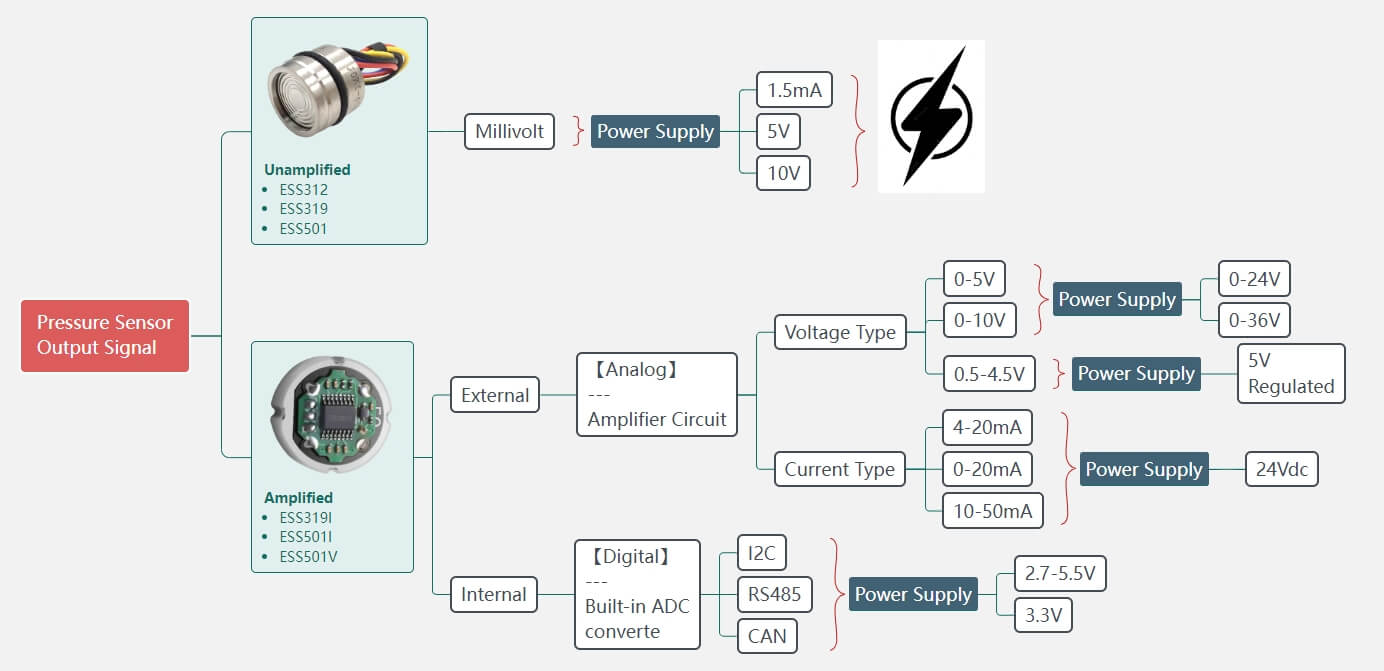
Underestimating Power Needs
The stable performance of pressure sensor hinges on one critical factor: proper power supply design. Different output signals (4-20mA, 0-10V, digital protocols, etc.) have unique power needs. Ignoring these requirements can lead to catastrophic failures or misleading data.
4-20mA Current Loop
Like mentioned earlier, the 4-20mA current loop is the gold standard for industrial sensors due to its noise immunity and long-distance reliability. The sensor regulates current, not voltage, to represent pressure.
The Mistake
- Using a low-voltage power supply (e.g., 12V) for a sensor requiring 24V.
- Skipping loop-powered configurations (e.g., 2-wire vs. 4-wire).
Why It’s Deadly
- Signal Dropout: If the supply voltage is too low, the sensor can’t maintain 20mA at high pressure, causing the signal dropout.
- Burnout: Excess voltage (e.g., 30V) in a 2-wire setup can overheat the sensor’s internal regulator.
The Fix
- Use a 24V DC supply for most industrial 4-20mA sensors.
- For 2-wire loops, ensure the supply voltage matches the sensor’s compliance voltage (voltage needed to drive 20mA through the loop resistance).
0-5V Voltage Output
A 0-5V output is simple and cost-effective for short-range applications (e.g., automotive sensors).
The Mistake
- Powering the sensor with an unregulated 5V supply (e.g., a noisy USB port).
- Using a 12V supply without a voltage regulator.
Why It’s Deadly
- Signal Saturation: A 12V supply could fry the sensor’s op-amps or ADC, locking the output at 5V permanently.
- Noise Corruption: Ripple from a cheap power supply adds error to the analog signal (e.g., 0.1V noise = 2% error at 5V).
The Fix
- Use a regulated, low-noise 5V supply (e.g., linear regulator) with decoupling capacitors.
- Add an RC filter to smooth out high-frequency noise.
0.5-4.5V Ratiometric Output
Common in automotive/MEMS sensors, the 0.5-4.5V output scales with the supply voltage (e.g., 5V).
The Mistake
- Powering it with a variable or unregulated supply (e.g., a battery draining from 5V to 3V).
Why It’s Deadly
- Skewed Scaling: If the supply drifts, the output range drifts too. For example, a 5V sensor reading 4.5V at full scale will drop to 3.6V if the supply falls to 4V.
- False Zero: A sagging supply could drop the “zero” pressure output below 0.5V, making the system think there’s negative pressure.
The Fix
- Use a stable 5V reference (e.g., precision voltage regulator) for both the sensor and the ADC.
- Avoid sharing the supply with motors or other high-current devices.
0-10V Voltage Output
A 0-10V output is used in industrial settings for compatibility with legacy PLCs.
The Mistake
- Using a 12V supply without a regulator, assuming 10V is close enough.”
- Ignoring ground loops in long cable runs.
Why It’s Deadly
- Overvoltage Damage: A 12V supply can push the sensor’s output stage beyond 10V, damaging internal components.
- Ground Offset Errors: Even 0.5V of ground potential difference in a 10V system introduces a 5% error.
The Fix
- Use a regulated 10V supply or a precision voltage divider.
- Isolate the sensor’s ground from noisy equipment with an isolated DC-DC converter.
I2C Digital Output
I2C output is a common digital protocol for low-speed, short-distance communication (e.g., IoT devices).
The Mistake
- Mixing 3.3V and 5V logic levels without level-shifting.
- Using a noisy switching supply near the I2C lines.
Why It’s Deadly
- Logic Conflicts: A 5V sensor can fry a 3.3V microcontroller’s I2C pins.
- Data Corruption: Power supply noise causes glitches in SDA/SCL lines, leading to CRC errors or frozen communication.
The Fix
- Match logic levels (3.3V or 5V) between the sensor and host.
- Use a linear regulator for the sensor and add pull-up resistors (2.2kΩ–10kΩ) on SDA/SCL.
RS485 Digital Output
RS485 is a robust differential protocol for long-distance industrial networks.
The Mistake
- Powering the RS485 transceiver with the same unisolated supply as the sensor.
- Neglecting termination resistors.
Why It’s Deadly
- Ground Loops: Shared power/ground creates voltage differentials, corrupting the differential signal (A/B lines).
- Signal Reflections: Missing 120Ω termination resistors causes data collisions in multi-drop networks.
The Fix
- Use an isolated DC-DC converter to separate the sensor and RS485 transceiver power.
- Add termination resistors at both ends of the bus.
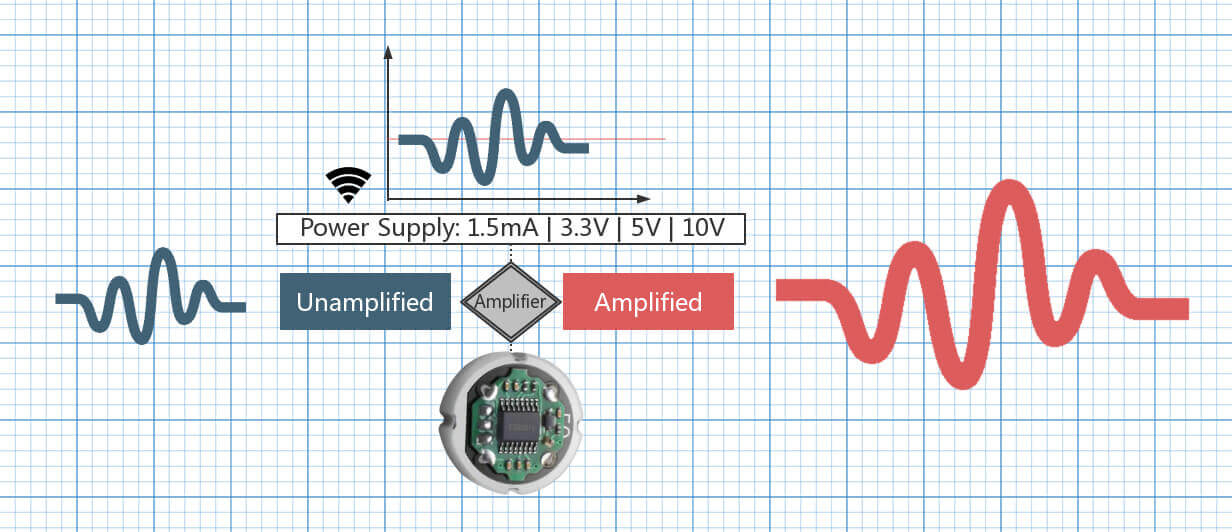
Ignoring Total Cost of Ownership (TCO)
When selecting a pressure sensor, it’s tempting to focus solely on the upfront price tag. When selecting a pressure sensor, it’s tempting to focus solely on the upfront price tag.
But ignoring Total Cost of Ownership (TCO) —the sum of all expenses over a sensor’s lifespan—can lead to crippling hidden costs, performance failures, and even operational disasters.
Let’s dive into how cutting corners on TCO sabotages your pressure sensor’s performance and your bottom line.
What is Total Cost of Ownership (TCO)?
TCO isn’t just the purchase price. It includes:
- Upfront costs: Sensor price, installation, integration.
- Operating costs: Energy consumption, calibration, maintenance.
- Failure costs: Downtime, replacements, repairs.
- Indirect costs: Inaccurate data, safety risks, reputational damage.
Ignoring TCO is like buying a “bargain” car that guzzles gas, breaks down monthly, and costs a fortune to repair. Here’s how it backfires for pressure sensors.
The Cheap Sensor Trap:
The Mistake
Choosing a low-cost sensor with poor build quality to save money upfront, however Upfront Savings, Long-Term Pain
How It Wrecks Performance
- Premature Failure: Cheap materials (e.g., non-industrial-grade plastics) degrade under stress, causing drift or total failure.
- Example: A $50 sensor failing annually vs. a $200 sensor lasting 5 years.
- Calibration Nightmares: Low-quality sensors drift faster, requiring frequent recalibration (labor + downtime).
The Fix
Compare MTBF (Mean Time Between Failures) and warranties. Invest in sensors rated for your environment (e.g., high vibration, humidity).
Energy Inefficiency
The Mistake
Ignoring a sensor’s power draw, assuming “all sensors are the same.”
How It Wrecks Performance
- Overheating: Power-hungry sensors generate excess heat, destabilizing measurements in temperature-sensitive applications.
- Hidden Energy Costs: A 4-20mA sensor drawing 25mA vs. 15mA adds $100s/year in energy bills for large installations.
The Fix
Opt for low-power or loop-powered sensors (e.g., 4-20mA). Use energy-efficient signal conditioners.
Maintenance Blind Spots
The Mistake
Underestimating or ignoring the labor and downtime costs of maintenance.
How It Wrecks Performance
- Unplanned Downtime: A failed sensor in a critical process (e.g., chemical manufacturing) can halt production, costing $10,000s/hour.
- Complex Repairs: Sensors with proprietary connectors or firmware require specialized technicians ($$$).
The Fix
Choose sensors with:
- Suitable & Stable performance: Give up the cheap sensor and select the most reliable model instead.
- Good reputation & Reliable manufacturer: Choose the pressure sensor with professional knowledge and quick demanding response.
Environmental Vulnerability
The Mistake
Using an off-the-shelf sensor in harsh environments (e.g., offshore rigs, food processing).
How It Wrecks Performance
- Corrosion: Moisture or chemicals degrade unprotected sensors, causing drift or shorts.
- Contamination: Dust or grease clogs ports, skewing readings in HVAC or pharmaceutical systems.
The Fix
Pay for ruggedization:
- IP67/IP68 ratings for water/dust resistance.
- Stainless steel or ceramic diaphragms for corrosive media.
The TCO Calculator: How to Avoid the Pitfalls
- Map Your Requirements: Environment, accuracy, power, protocols.
- Compare 5-Year Costs: Include energy, labor, downtime, and replacements.
- Prioritize Standards: CE/RoHS-certified sensors often have lower TCO despite higher upfront costs.
Final Thought
Pressure sensors aren’t commodities—they’re precision instruments. Treat them like the critical components they are. When in doubt, consult your supplier’s application engineers. And always, always test in real-world conditions before full deployment.
Remember: A sensor isn’t just a component. It’s a long-term partner in your system’s success.

